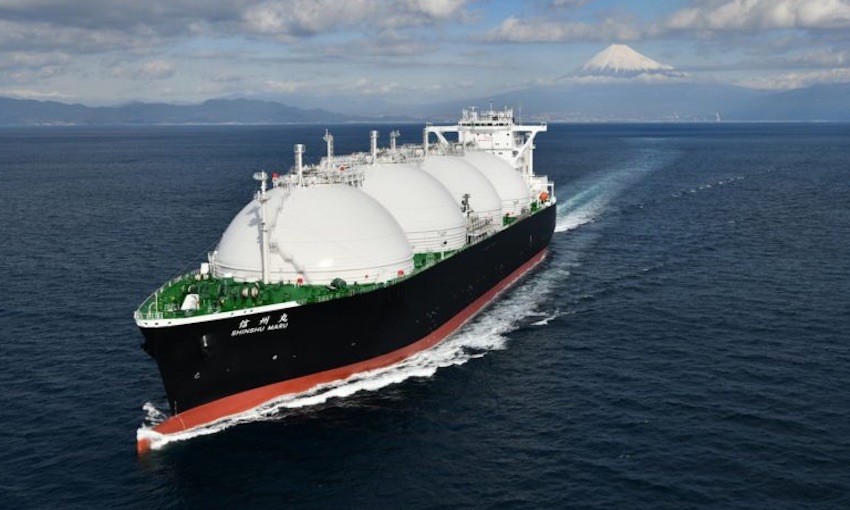THE global liquefied natural gas industry is about to face its first seasonal demand contraction since 2012, with demand in northern summer 2020 expected to fall 2.7% or 3 million tonnes year-on-year, says Wood Mackenzie.
The minerals and energy research group said lock-down measures and negative economic outlook stemming from the coronavirus pandemic had taken its toll on Asian LNG importing countries, resulting in the second consecutive year of sluggish LNG demand growth.
Wood Mackenzie research director Robert Sims said, “COVID-19 will drive a global contraction in LNG deliveries through summer 2020 compared to the previous year. This will be the first seasonal contraction in eight years.
“The coming winter season (2020-21) could see a modest 5mt improvement in global LNG demand compared to the previous winter season.”
He said pricing dynamics between both seasons are also likely to be similar, with the cross-basin spread set by the economics of US LNG.
“There could be some downside risk to Asian prices this winter if buyers lift some of the deferred volumes from this summer.
“In general, a return to stronger growth is not expected until mid-2021,” Mr Sims said.
Japan, the world’s largest LNG importer, saw LNG demand decline in the first quarter of this year, and imports continued to fall through April as the coronavirus outbreak continued to spread.
The slowdown in Q1 LNG demand was further exacerbated by high storage levels. Like 2019, Japan entered 2020 with above-average inventory levels due to a mild winter, though inventories are now within seasonal norms. The country’s Q2 2020 LNG demand is expected to fall 3% to 15.8mt compared to Q2 2019.
Fresh out of winter heating season, China is shifting focus to industrial demand recovery. Although none of the force majeure notices were formally confirmed on LNG contracts, China reduced pipeline import growth in Q1 2020 to just 1% year-on-year, with imports from the largest supplier, Turkmenistan, down 12%. Coupled with a low spot price environment, the temporary waiver of US LNG import tariffs and industrial recovery, China managed to increase LNG imports in the first three months of 2020. Its Q2 2020 LNG consumption is expected to rise 12% to 15mt year-on-year.
The other engine of LNG demand growth, India, saw Q1 2020 LNG consumption growing at record levels at 19% year-on-year, driven by low spot prices. Wood Mackenzie expects this to reverse as three months of lockdown materially reduces LNG consumption. The country’s LNG demand is expected to decline 24% to 4mt in Q2 2020 compared to the same period last year.
“Although already anticipated by the market, news that more than 20 US LNG cargoes had been ‘cancelled’ by contract and tolling off-takers for June loadings is significant for the market. This could lead to feedgas going as low as five British cubic feet per day,” Mr Sims said.
“We expect under-utilisation of US terminals to continue for several summer months as margins remain negative for many companies. What is new is that our balances and price outlook suggest that some degree of under-utilisation will now also happen through summer 2021.
“Perhaps the most surprising change to our balances is the impact that low market prices are having on LNG supply, with downward revisions seen across all basins and regions,” he said.
“Should this prove to be sticky going into 2021, and we see any kind of robust rebound in LNG demand from Japan, Korea or India, then a price correction could begin earlier than previously anticipated and reduce the risk of further US supply reductions next year.”

